The goal of every sales incentive is to capture incremental increases in revenue. Top performers love to earn every incentive put in front of them because they are often intrinsically motivated – they’re excited about success and they get competitive. But what about everyone else? Successful sales incentives are fair, and give the entire sales force reasons to stay motivated and keep trying.
When sales incentive programs are announced and the rules go out, every member of your team is evaluating them for achievability and fairness. They want to be sure that the system isn’t rigged for a select few to reap the rewards of all the extra effort, and they care about the recognition and career opportunities that come with achievement. And if it doesn’t look fair, things can turn ugly. Check out one of my favorites of our past blogs for a video on how monkeys react when they realize that they aren’t being treated fairly.
In his WorldatWork Journal article, “How Inequality Changes the Way We Work and Perform,” Alexander Zerkowitz notes that:
- Air rage incidents are twice as common on flights where passengers board through first class
- Higher degrees of inequality in pay between executives and hourly workers results in lower-quality products
- People are deeply interested in comparing themselves to others when it comes to equitable treatment
In designing a program, it is important to think about how fairness relates to the intent of the incentive. Is the program really intended to recognize the top 10% of the organization? Or is it intended to move the entire sales force? If it is meant to capture all possible incremental revenue, it has to be designed to be fair to all, and to recognize achievements across different levels of achievement.
This is in line with the results of a recent study by the Incentive Research Foundation (IRF). The IRF’s article “Ten Things Top Performing Companies Do Differently” reveals:
When asked whether their non-cash program design was structured with the goal of rewarding and recognizing the truly exceptional performers (exclusivity) or if it was structured with the goal of each participant receiving a recognition or reward in the program (reach), top performers were statistically more likely to say “reach” regardless of program type. While 56% of top performing companies said they prioritize reach for both employee and sales programs, only 36% and 28% of average companies said so respectively.
To get the best effort of the entire force, it’s important to design for reach, instead of exclusivity. This is perceived by the field as fair and earns their commitment. By giving recognition and rewards in proportion to effort and achievement, you create momentum across the team, even among those who many never reach the highest goals.
Our whitepaper, “Designing and Implementing a Successful Sales Incentive Program,” provides more information on how to create a program that’s FAST (Fair, Achievable, Simple to Understand, and Tied to Objectives). Or give us a call to discuss how your program can have the greatest impact on sales force engagement and results.



